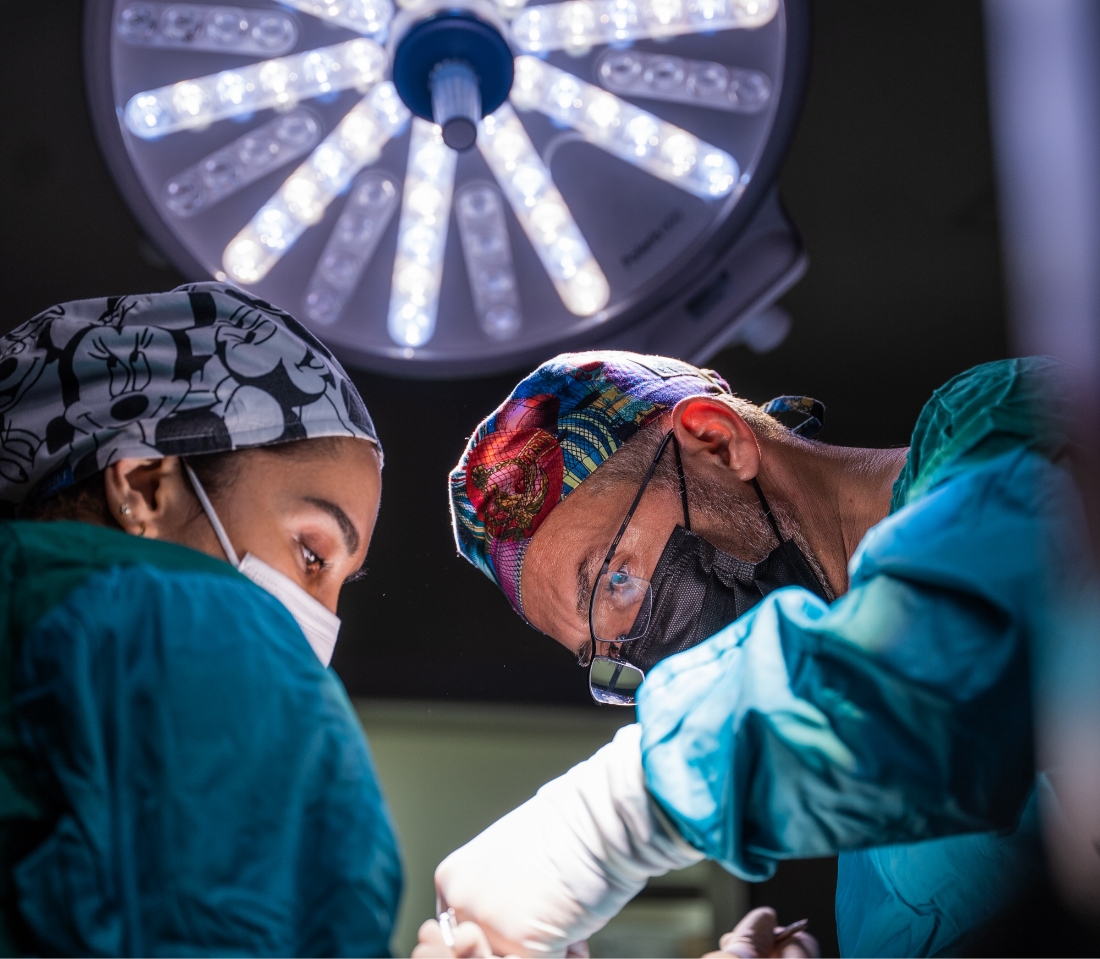Sign up to our newsletter Subscribe
Analysing Global Immunisation Expenditure

Sign up to our newsletter Subscribe


In the third instalment in our blog series, we think about how the rest of the world can join the effort to stimulate a healthy market for new antibiotics....

This article was commissioned by Pfizer Inc. Content was written by OHE Consulting Ltd with technical review from Pfizer Inc.
In this OHE blog series on the economics of antibiotics, we have so far focussed on England’s approach to fixing the market failure in antibiotic development through the NICE-NHS England AMR (antimicrobial resistance) model. In the third instalment in our blog series, we think about how the rest of the world can join the effort to stimulate a healthy market for new antibiotics. We will focus on two of the biggest pharmaceutical markets: the US and the EU, which currently account for roughly two thirds of the value of global drug sales [1].
A variety of incentive mechanisms have been proposed to stimulate antibiotic development. These include priority review vouchers, public-private partnerships to fund antibiotic development, tax credits and public subsidies for R&D and transferable exclusivity extensions, transferable exclusivity vouchers or market entry rewards granted to manufactures [2]. The Netflix-style subscription model, however, has become one of the primary models individual countries are exploring because of its simplicity and potential effectiveness to incentivise antibiotic development [1,2].
Like the NICE-NHS England AMR (antimicrobial resistance) pilot, the PASTEUR Act in the US is another subscription-based pull incentive that is being discussed by Congress3. While England’s pilot and the US’s stalled bill are an influential start, the effectiveness of a pull incentive relies on other countries following suit [3].
How big does a global pull incentive need to be?
An estimate of $4.2bn was presented by Outterson as the best point estimate (with lower and upper bounds of $3.3bn and $8.9bn) for the fully delinked global subscription model over 10 years, after an exhaustive review of cost and success estimates [3]. To incentivise investment in new antibiotics, these figures would need to be reached by adding together pull incentives from all the contributing countries [3].
Which countries should contribute and how much?
The simple answer is that the more countries contribute, the less each individual country has to pay. Economists have proposed the G20 as the group of countries that would be expected to share the burden of paying for antibiotic innovation. The rationale for sharing the pull incentive across the G20 is that as antibiotic resistance is a global problem, individual countries’ ability to pay, based on their wealth, should drive their contribution to a global pull incentive for antibiotics rather than their current need [1].
The G7 has also been proposed as the most practical group of countries to share the burden of the global pull incentive and in 2021 the G7 finance ministers supported the use of pull incentives for antibiotics [4]. Using the G7 has the benefit of avoiding a situation where countries with relatively high total GDP but low GDP per capita, such as India, pay more than countries with lower total GDP but much higher GDP per capita such as Germany or Japan. It would also be more politically feasible to reach an agreement among the G7 countries than all of the G204. However, the risk of neglecting the needs of LMICs not contributing would increase as would the risk of countries with considerable economic power but low income per capita, like China, free riding off investments of others.
If the value of an antibiotic is correctly assessed by each G20 health system then economic theory tells us that global payments should reach the necessary incentive for ongoing innovation [5]. However, as we discuss in our previous blog, methods for valuing antibiotics are not up to scratch. Not all countries use health technology assessment, the method used by NICE in England to value medicines [3]. As a result, valuations for future antibiotics will likely reflect national need and resistance rates with differing valuations depending on the local context and the methodology used [3]. A more coordinated approach to dividing up the total incentive is needed.
One method for sharing the total pull incentive is to share the burden across the G20 based on relative wealth. If we take the latest estimate of the global pull needed, $4.2bn, [3] as a reference, the ‘G20 GDP rule’ divides the total pull incentive by each country’s share of the total GDP of the G20 shown in the graph below.

Figure 1: G20 countries’ contributions to a global pull incentive based on their shares of IMF GDP estimates in 2022 and the Outterson [3] estimate for a global pull incentive.
Source: World Economic Outlook Database April 2022 [3,6]
Note: Vertical bars represent each country’s individual contribution; Line represents each country’s share in percentages; Green bar represents the EU contribution, including Germany, France, and Italy; To avoid double-counting the GDP of Germany, France and Italy has been subtracted from the EU’s total GDP (EU/GER-FRA-ITA).
Are the UK and the US pulling their weight?
Using the G20 GDP rule we can judge whether the planned contributions of the UK and the US meet their fair share. The NICE-NHS England AMR pilot pays up to £100m, or $134m using the latest exchange rate. This roughly equates to the best estimate of the UK’s G20 GDP fair share of the $4.2 billion global pull incentive of roughly $159m. The PASTEUR Act in the US, if passed in its current form, would deliver the US’s fair share of the global total of roughly $1.2 billion.
If the focus were put in the G7 countries, the same method will produce shares of around $315 million and $2.4 billion for UK and the US respectively. While PASTEUR in the US would potentially cover the G7 share of the US, the UK contribution would fall short. The contribution of the three EU countries within the G7 (Germany, France, and Italy) should add up to more than $850 million.
The EU has an important role to play
Attention is now turning to how the EU will proceed. The EU, through the EU-JAMRAI initiative has committed to design and trial a pull incentive although the total size is not known [7]. It has considered many proposals for a delinked pull incentive mechanism including a joint procurement mechanism, patent extensions and transferable exclusivity vouchers [7].
Whatever the mechanism selected, there are two alternative ways to organise the EU contribution. It could either be coordinated centrally with a supranational initiative through the European Commission, or each Member State could contribute individually and independently within an agreed EU-wide legal requirement for national action [8]. A centrally organised initiative, while politically complex to negotiate, has the benefit of sending a stronger signal to industry.
Can priority setting take place at a global level?
With lots of different countries deciding on the best way to proceed, some form of international coordination is needed to ensure individual actions add up to a sufficient global pull. Cooperation also prevents industry from only investing in those pathogens highly valued in high-income countries while global priority pathogens remain underfunded. Setting priorities on the kinds of antibiotics that should qualify for a pull mechanism can be made at a global level for example by prioritising products that target an agreed list of priority pathogen such as those compiled by the World Health Organisation or the Centres for Disease Control and Prevention (CDC) [1].
Scientific collaboration can also go further to define a common target product profile (TPP) to give developers more clarity of the kind of products that will be rewarded through pull incentive mechanisms [1]. AMR specific value frameworks for value assessment like the STEDI framework -referring to spectrum, transmission, enablement, diversity and insurance value- used in the NICE-NHS England model, are critical for rewarding products with additional value [10].
The priorities will change over time. As incentives arise and industry responds by tackling the highest priorities on the list, this priority list should be updated. This requires a mechanism for taking addressed targets off the list and also allowing the future re-entry of once dropped targets as they develop resistance again.
Where does that leave us for the future?
The leadership to take steps to combat AMR shown by England is a start, but other countries must follow. The EU in particular has an important role to play and is moving towards a proposal which, if adopted, would send a strong signal to the industry that antibiotics will be rewarded. It may be a different pull incentive to the subscription model, such as a market entry reward or a transferable exclusivity voucher [3]. As long as the total global value of pull incentives is sufficiently large that industry responds, then flexibility for countries to select the model that works best for them will promote efficient policy making.
The Economics of Antibiotics blog series
In this four-part series, we discuss the economics of antimicrobial resistance to understand the relevance of the NICE-NHS England AMR model and explore the questions that remain about the delinked model:
References
PP-UNP-GLB-0507; September 2022

An error has occurred, please try again later.
This website uses cookies so that we can provide you with the best user experience possible. Cookie information is stored in your browser and performs functions such as recognising you when you return to our website and helping our team to understand which sections of the website you find most interesting and useful.
Strictly Necessary Cookie should be enabled at all times so that we can save your preferences for cookie settings.
If you disable this cookie, we will not be able to save your preferences. This means that every time you visit this website you will need to enable or disable cookies again.
This website uses Google Analytics to collect anonymous information such as the number of visitors to the site, and the most popular pages.
Keeping this cookie enabled helps us to improve our website.
Please enable Strictly Necessary Cookies first so that we can save your preferences!



